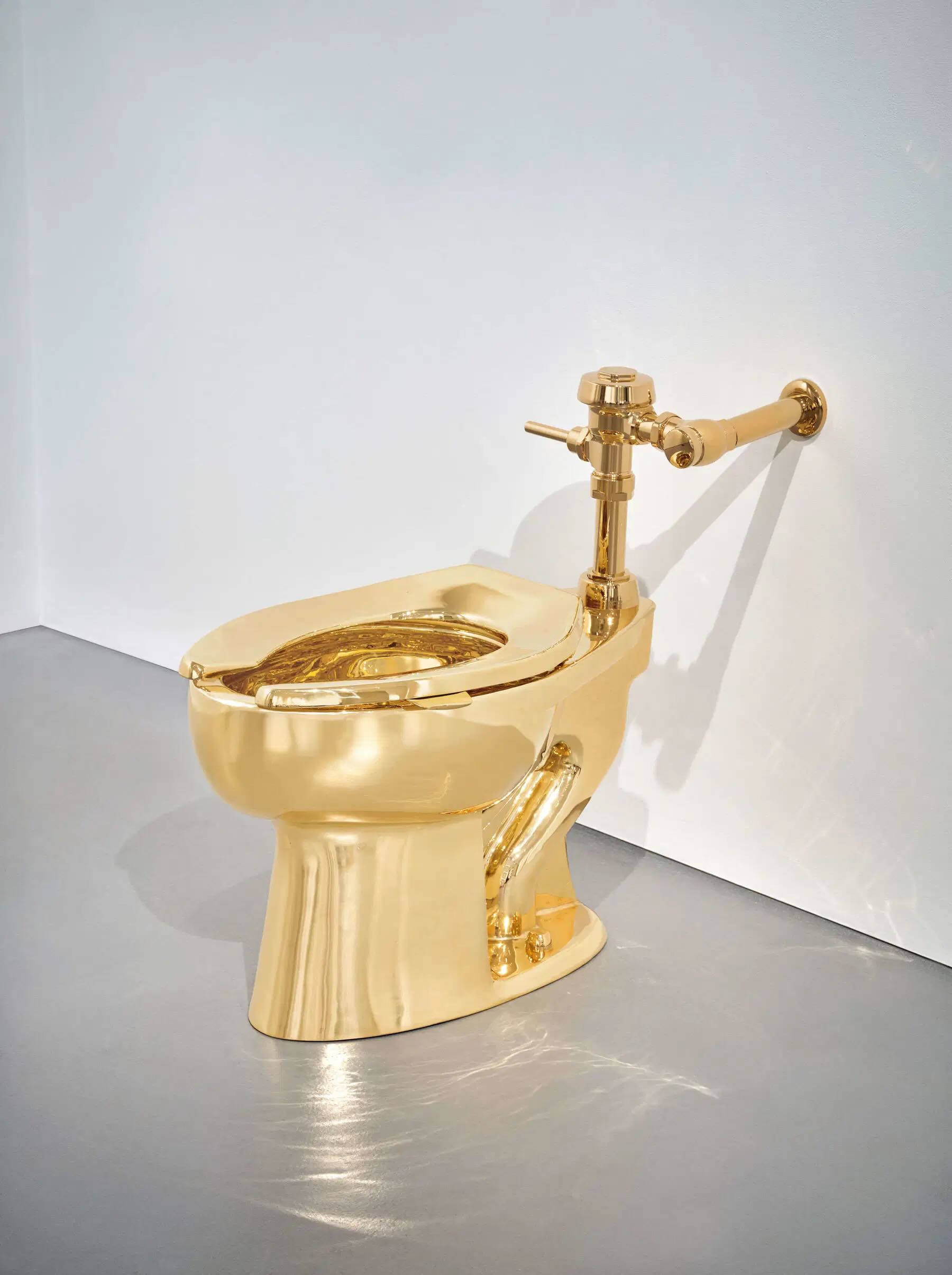The 1970s was a decade of great change and tumults that involved all spheres of society: cultural revolutions, civil rights and emancipation movements that had begun in the previous years, and political tensions helped to shape a reality in which art was able to express itself in all its provocative force.
One of the main spokespersons for the feminist revolution of these years was the artist and activist Judy Chicago (Chicago, 1939). She is still an active supporter of the fight for gender equality and gives resonance to the movement with her works. Among her most famous works, the one for which she is best known is The Dinner Party, an art installation created between 1974 and 1979 and now preserved at the Brooklyn Museum of Art. Considered the first 'epic' feminist art work, it consists of a triangular table measuring approximately 15 metres per side. Each place on the table is literally set as if ready to host the diners: a cloth embroidered with the name of a famous woman along with images and symbols related to her, a napkin, cutlery, a chalice and a hand-painted ceramic plate. Many of these plates have a relief in the shape of a butterfly or a flower, intended as a symbol of femininity. In this huge work, the artist chooses to celebrate traditional feminine crafts such as textile arts (weaving, embroidery, sewing) and porcelain painting, which have been framed as handicraft or domestic art, as opposed to the fine arts, which are culturally more valued and dominated by men.
The structure includes 39 seats corresponding to the same number of women. It rests on a base, called the 'Heritage floor', an equilateral triangle composed of 2300 porcelain tiles engraved with the names of 999 women from myth and history, associated with the 39 guests.
The shape chosen and the number of guests per side are certainly not coincidental: the triangular figure has long been a female symbol. The table is an equilateral triangle, to represent equality. The number 13 represents the number of people present at the Last Supper, an important comparison for Chicago, since the only people present were men. The table is divided into distinct areas and identified by three time bands: Wing I: From Prehistory to the Roman Empire with personalities such as the Goddess of Fertility, Judith, Hypatia. Wing II: From the Beginnings of Christianity to the Reformation, housing, among others, Eleanor of Aquitaine, Elizabeth I and Artemisia Gentileschi. Finally, Wing III: From the American Revolution to Feminism features Sacajawea, Emily Dickinson and Virginia Woolf.
The 39 stations start flat and begin to emerge in relief towards the end of the chronology to represent the growing independence and equality of modern women. The work also makes use of additional written information such as banners, timelines and a three-book publication of the exhibition to provide background information on each woman and the process of making the work.
To stage this triumphant banquet, the artist involves more than 400 people including volunteers, male and female artisans, to "put an end to the continuous cycle of omissions that have excluded women from the archives of history".
The surface on which the table rests is also not left to coincidence: it features the names of 998 women (and one man, Kresilas, mistakenly included because he was thought to be a woman named Cresilla) inscribed on handmade white porcelain tiles that cover the entire area of the triangular table, from the feet of each seat, continue under the tables themselves and fill the entire enclosed area within the perimeter. There are 2,304 tiles with names spread over several tiles written in the cursive Palmer script, a 20th century American handwriting. Chicago asserts that the criteria for including a woman's name on the floor were one or more of the following: she made a valuable contribution to society, she sought to improve the lot of other women, her life and work illuminated significant aspects of women's history, she provided a model for a more egalitarian future. The installation is accompanied by a series of wall panels explaining the role of each woman on the floor and associating her with one of the covers.
Despite the discordant opinions the work has aroused over time, The Dinner Party remains an inspiring installation to this day for feminist and gender equality movements around the world.






.png)





